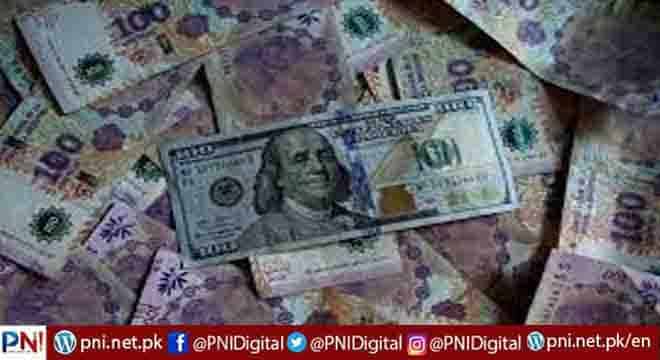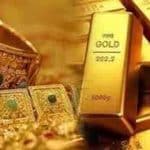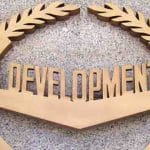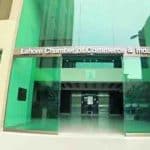Buenos Aires, July 1 (AFP/APP): It is hard to come by but ever-present on the mind of average Argentines: the US dollar, whose value relative to the feeble peso is a barometer for an economy in crisis.
“Dollars! Change, change, doooolars!” The cries of unofficial money changers follow tourists, but also locals, down the streets of central Buenos Aires’ office district.
It is illegal, but part of life: These “arbolitos” (“small trees,” after the “green leaves” they sprout) offer a black market rate about double the official one.
“It is a service to the community… part of the normalcy of the country,” one arbolito told AFP on condition of anonymity.
These days one dollar gets its bearer about 236 pesos at the unofficial or “blue rate,” instead of 130 at an official currency exchange.
A year ago, the blue rate was 170 pesos to the official rate of 95.
The peso is Argentina’s official currency, but its high volatility means that dollar prices are quoted for big-ticket items from buying property or a car to renting an apartment or getting an expensive medical procedure.
To prevent a hemorrhage of foreign exchange reserves and stabilize the peso, Argentines have been prohibited by law since 2019 from buying more than $200 in greenback per month.
This, of course, fuels demand, and Argentines — also distrustful of savings accounts — hoard as much of the US currency as they can afford to buy on the streets.
Goods vendor Marcela Leiron said that “like an ant” collects food, she buys dollars, “from $20 to $50 per month, as much as I can.”
The 56-year-old told AFP she has resigned herself to living in dollar dependence “because of the economic mess that no government can fix.”
The black market trade, in turn, further fuels inflation which reached 60.7 percent for the year to May — one of the highest rates in the world.
Follow the PNI Facebook page for the latest news and updates.








